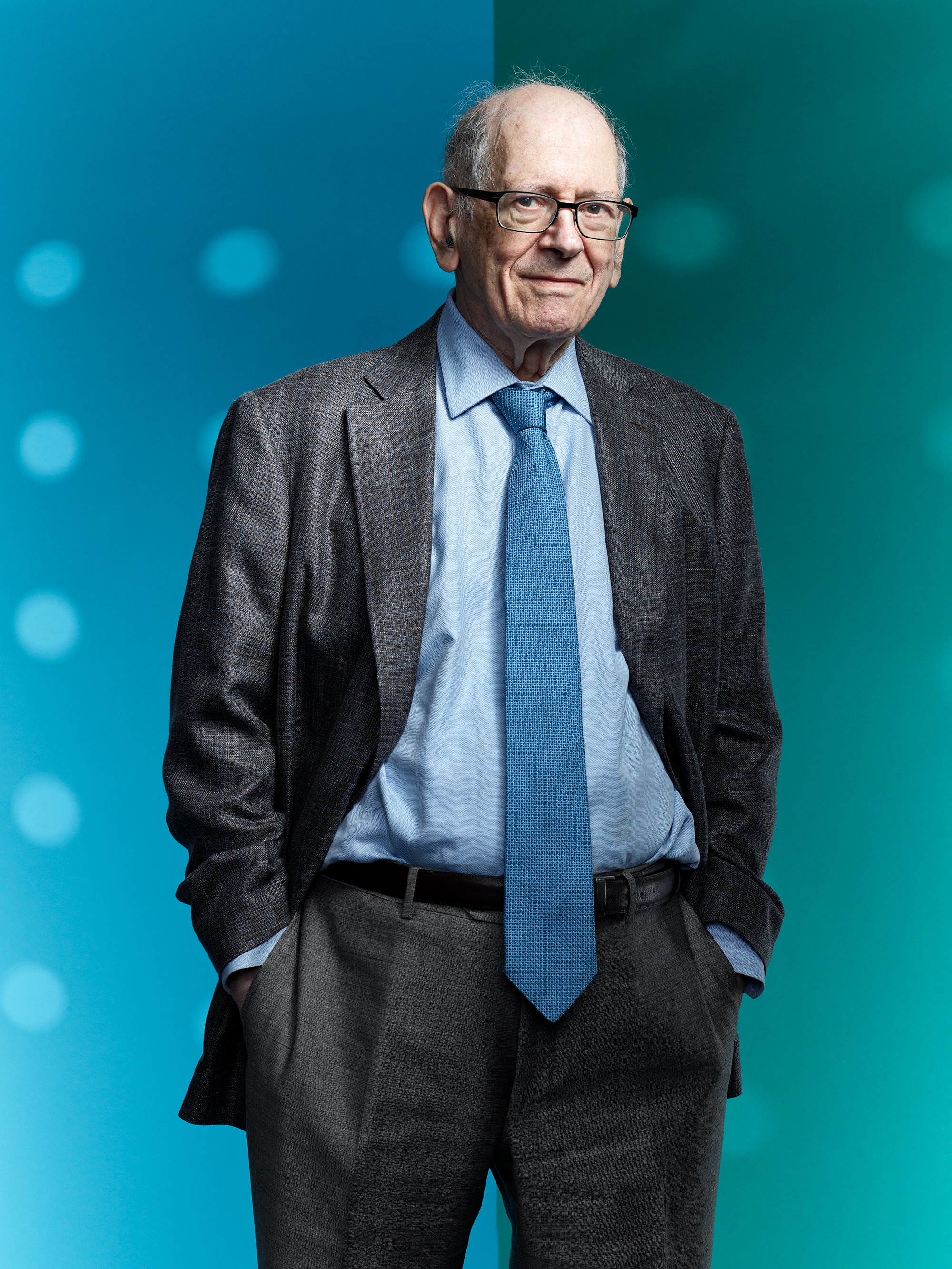French inventor Nicéphore Niépce created the first permanent photographic image in 1825, and pretty much ever since, people have been altering photographs. Before the digital age, photo deceptions required mastery of complex and time-consuming darkroom techniques. Today anyone with a modicum of computer skills can call on powerful and inexpensive software to alter digital images.
The following examples are from an online collection curated by Hany Farid, a professor of computer science at Dartmouth College, in Hanover, N.H. Farid specializes in computer forensics techniques that can be used to distinguish tampered photos from the real thing. He described some of those techniques in his article ”Seeing Is Not Believing” in the August 2009 issue of IEEE Spectrum.
View the slide show here.
